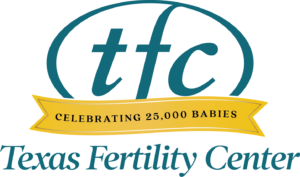
A uterine septum can cause both infertility and recurrent pregnancy loss
A septate uterus, or uterine septum, occurs when the uterus does not develop normally. When the uterus is developing, it actually starts out as two separate tube-like structures located near each kidney. As fetal development occurs, these two segments fuse in the middle, becoming the vagina, cervix, uterus and fallopian tubes.
An abnormality in uterine development is called a Mullerian anomaly
The most common Mullerian anomaly is a uterine septum. In this situation, the two developing tube-like structures fuse in the midline to become a single uterus. However, the wall between these two structures fails to reabsorb, leaving a piece of tissue in the middle (the septum), dividing the uterine space in half.
This uterine septum is made of thick connective tissue and does not have the proper blood flow to support a developing pregnancy. Therefore, early pregnancies typically either fail to attach to this septum, or they are miscarried relatively early. Pregnancies that do continue can be associated with problems, such as preterm delivery or breech presentation requiring a C-section.
A uterine septum is typically easy to repair with surgery
The surgical procedure to correct a septate uterus is called a hysteroscopic metroplasty, or septum revision, which is an outpatient procedure. During the hysteroscopy, a small operative telescope is introduced through the vagina into the uterus. The septum is cut away, and the connective tissue removed, opening the uterine space to its usual configuration so the uterus is more likely to be ready for pregnancy.
Sometimes, laparoscopic guidance is necessary to minimize surgical risk and enable a more complete removal of the septum. Pregnancy is usually possible within a few months after the procedure, once uterine healing is complete.
There are many other types of Mullerian abnormalities that are not as common. These types of “birth defects of the uterus” can be associated with decreased fertility, increased miscarriage, preterm delivery or need for C-section. Unfortunately, surgery for these conditions does not improve pregnancy outcomes, so fertility specialists focus on other treatments that help increase the likelihood of a singleton (not twin or multiple) pregnancy and take-home baby.
If you have been diagnosed with a uterine septum or Mullerian abnormality and are planning for future pregnancies, please contact our San Antonio fertility center. Our fellowship-trained fertility specialists are ready to guide you on the path to a successful pregnancy.



